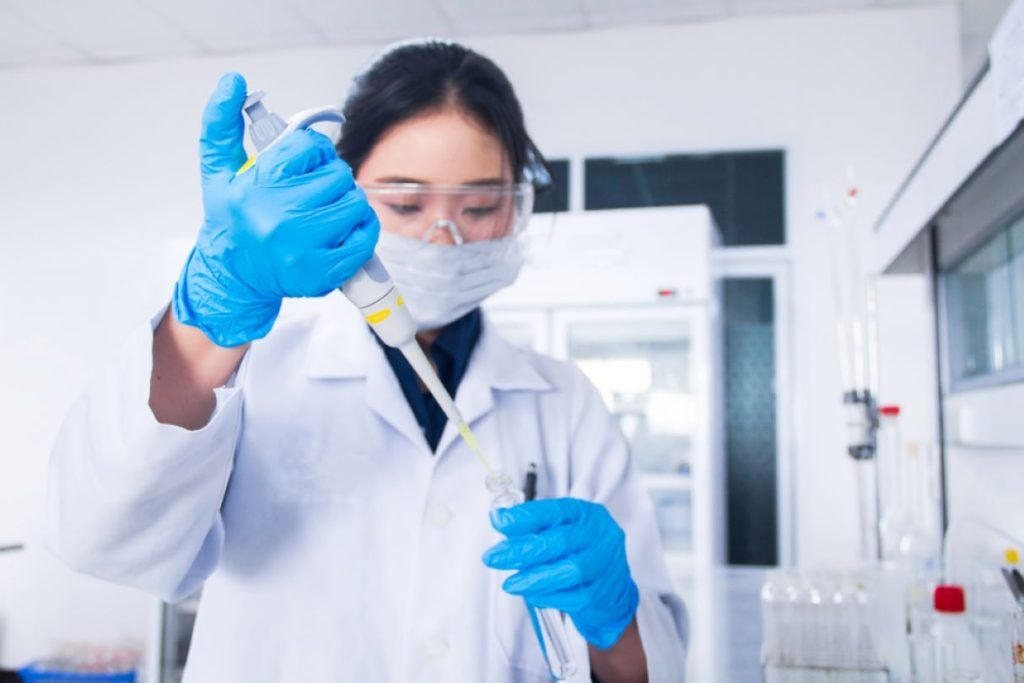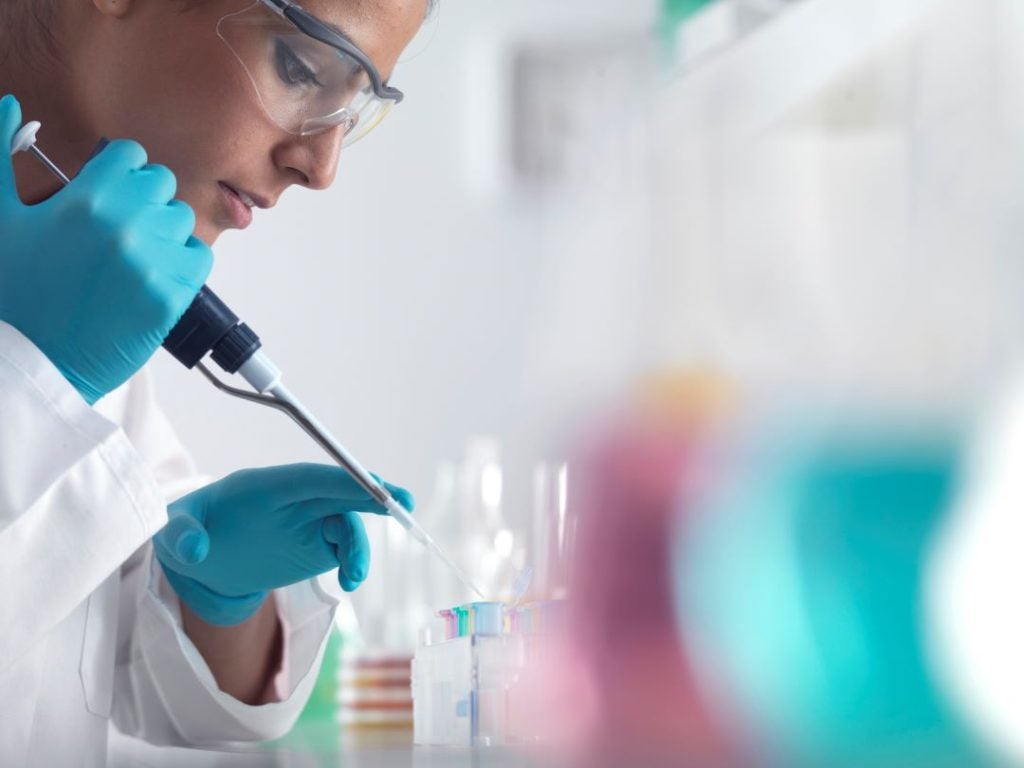Memorial Sloan Kettering Cancer Center had 14 patents in artificial intelligence during Q1 2024. Memorial Sloan Kettering Cancer Center has developed innovative approaches for disease detection and classification using sensor arrays and machine learning models based on nanosensor array emission data. They have also created systems for quantifying conditions on biomedical images through image segmentation models and feature classifiers to classify images based on the presence or absence of certain conditions. GlobalData’s report on Memorial Sloan Kettering Cancer Center gives a 360-degree view of the company including its patenting strategy. Buy the report here.
Memorial Sloan Kettering Cancer Center grant share with artificial intelligence as a theme is 14% in Q1 2024. Grant share is based on the ratio of number of grants to total number of patents.
Recent Patents
Application: Machine perception nanosensor arrays and computational models for identification of spectral response signatures (Patent ID: US20240071566A1)
The patent application from the Memorial Sloan Kettering Cancer Center describes a method for acquiring a "disease fingerprint" from biosamples using nanosensor arrays composed of organic color center-modified carbon nanotubes. By collecting data on physicochemical interactions with the sensor array, machine learning models can be trained to differentiate between healthy individuals and those with diseases. The trained models can then classify patients based on the emission data from the nanosensor arrays, providing a potential tool for disease diagnosis and patient classification.
The method involves receiving emission data from nanosensor arrays in contact with biological samples, generating a dataset of spectral feature changes, training machine learning models using this data and clinical information, and using the models to classify patients based on their spectral responses. The nanosensor arrays consist of semiconducting single-walled carbon nanotubes functionalized with organic color centers and encapsulated by nucleic acids. The machine learning models can be logistic regression, decision tree, artificial neural networks, random forest, or support vector machine models. The method also includes steps for processing patient samples, administering treatments based on classifications, and synthesizing the nanosensor arrays with specific functionalizations and encapsulations to enhance their performance in biofluids.
To know more about GlobalData’s detailed insights on Memorial Sloan Kettering Cancer Center, buy the report here.
Premium Insights
From

The gold standard of business intelligence.
Blending expert knowledge with cutting-edge technology, GlobalData’s unrivalled proprietary data will enable you to decode what’s happening in your market. You can make better informed decisions and gain a future-proof advantage over your competitors.







